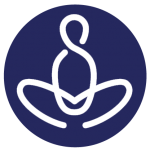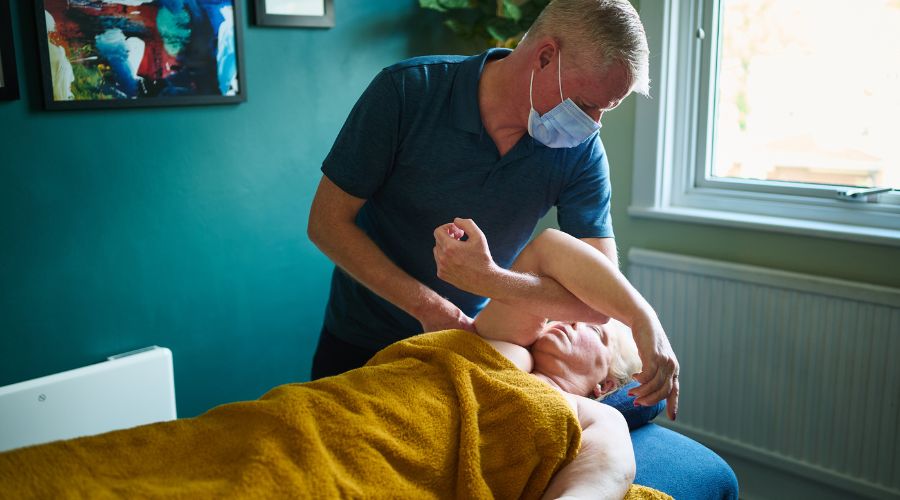TMJ Massage in London, N13
Experience safe and effective TMJ massage for jaw pain, jaw tension and jaw clicking and popping. Discover the holistic approach to TMJ Dysfunction.
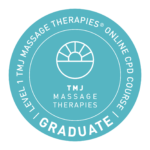
Check availability and book your appointment
It’s easy to make a booking online, or explore with a free discovery video call.
What is TMJ Dysfunction?
If you are experiencing jaw pain, headaches, teeth grinding, or difficulty swallowing or opening your mouth, your dentist may have recommended you seek treatment with a specialist TMJ massage therapist. But what is TMJ and why would massage help?
Let’s first look at TMJ. TMJ is an abbreviation for temporomandibular joint. There is a temporomandibular joint on either side of the jaw bone (mandible) attaching the mandible to the skull. The joint allows the mouth to open and close.
The terms TMJ disorder, TMJ dysfunction, temporomandibular disorder, TMD and TMJD are used as a “catch all” to describe an issue, disorder or disease associated with the temporomandibular joint.
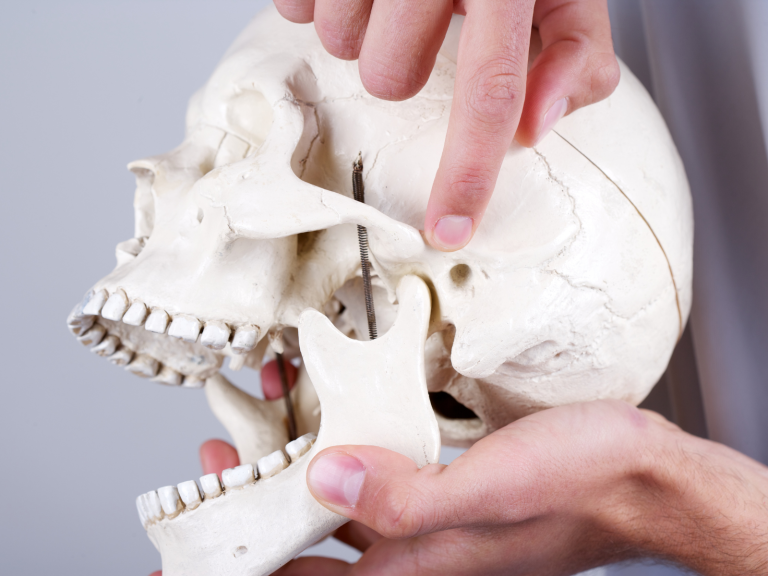
What are the symptoms of TMJ Dysfunction?
Let’s have a look at the most common TMJ symptoms. Perhaps you are experiencing one or more of these symptoms?
Some signs and symptoms are easily associated with the TMJ, such as clicking or a popping sound; or soreness when opening and closing the mouth; difficulty opening the mouth (trismus); teeth grinding (bruxism); and difficulty speaking or swallowing.
Other symptoms; however, are less easily associated with the TMJ. These include dizzy spells; ringing in the ear (tinnitus), earaches (when there is no infection); headaches; sensitivity to light and noise; twitching of the
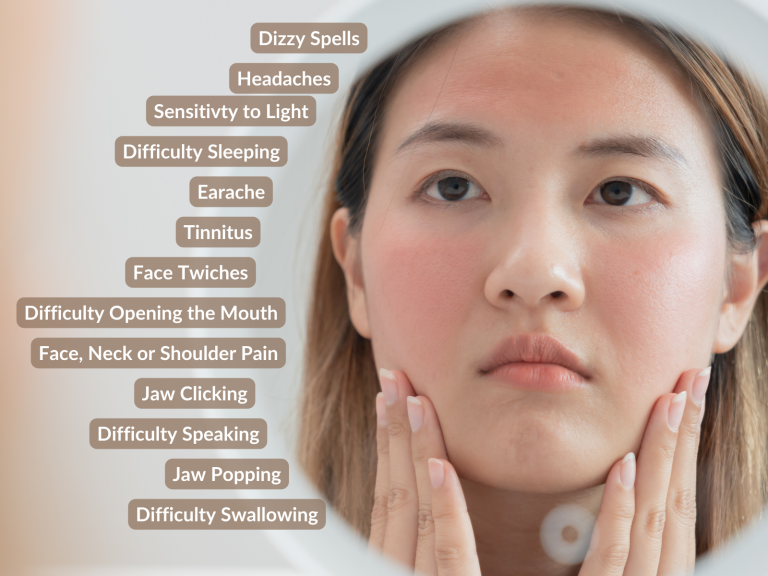
face or eye muscles; difficulty sleeping; and persistent pain or tenderness around the ear, face, neck or upper back and shoulders.
What causes TMJ Dysfunction?
So what are the potential causes of these symptoms? Well there are some factors that can make someone more susceptible to TMJ issues.
These include having a dominant chewing side; repetitive chewing, such as chewing gum; teeth grinding (bruxism); or teeth clenching; and dentures that are worn or ill-fitting.
There are also less obvious or directly associated causes. A common one being whiplash and/or accidents involving impact due to the deployment of an airbag.
TMJ issues can also occur as a result of stress, anxiety, physical and mental trauma, poor posture, and repetitive or overuse of certain neck and shoulder muscles.
The muscles most commonly associated with TMJ disorders are the trapezius, suboccipitals, sternocleidomastoid, temporalis, pterygoid, and masseter.
Maybe you are experiencing one or more of the TMJ related symptoms?

For some people a TMJ disorder deeply impacts their everyday life. For others, perhaps frustrated by not finding a solution, they begin to accept it. Surprisingly at least one in four people are living with a temporomandibular disorder.
Thankfully though, TMJ massage has been shown to be both safe and highly effective. Many experience at least some improvement of their symptoms after only one treatment and complete relief after several sessions.
What is a holistic TMJ massage?
A holistic TMJ Massage is a complementary therapy that combines targeted and soothing advanced soft-tissue techniques and tailored self-care.
Techniques include myofascial release, trigger point therapy, acupressure, the use of heat or cold, and light stretches. TMJ massage may also include intraoral techniques.
What to expect from TMJ massage treatment
As we have seen, there are different causes and contributors to TMJ Dysfunction.
Prior to our appointment you will be asked to give a brief history of your symptoms as well some medical details. This will help us with our in-person assessment and treatment.
Our assessment will include specific orthopaedic testing on the temporomandibular joint as well as range of motion testing of the neck and shoulders.
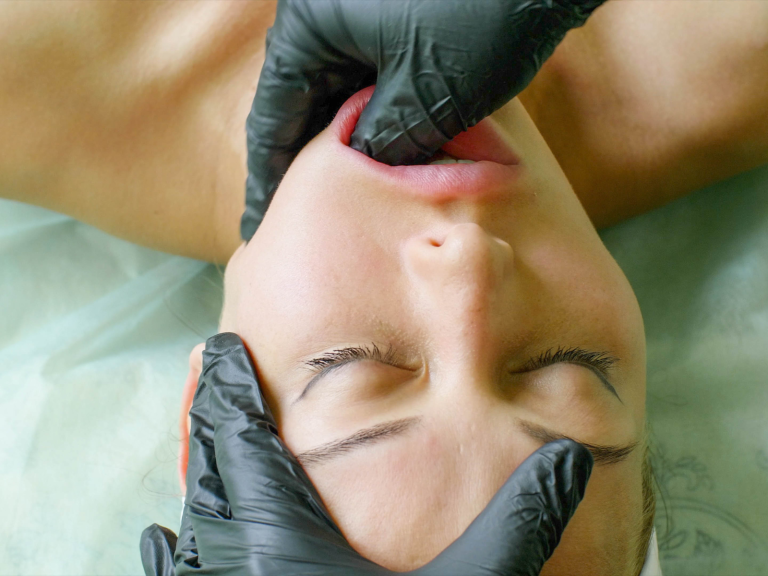
Based on the assessment, we’ll agree on goals and a treatment plan incorporating the Jing Method™.
Whilst each person is different, it is best to anticipate between 4 and 6 sessions in most cases.
I tend to recommend the first few sessions are spaced around a week apart.
Once we have seen a significant improvement we’ll then widen the time between sessions. It is then a good idea to think about a regular maintenance session to stay pain free.
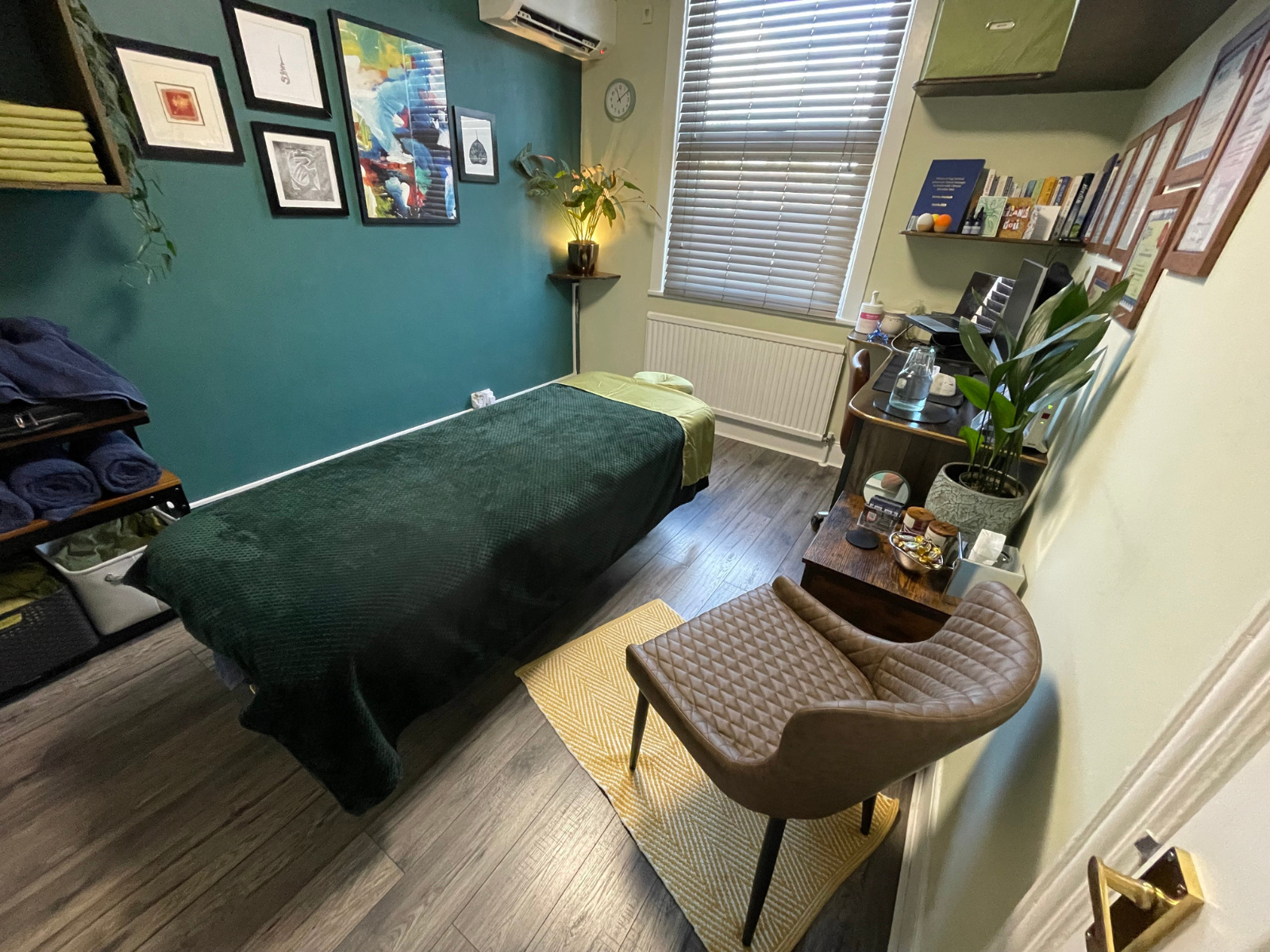
Your First Visit Appointment determines how we will progress to achieve your desired outcome.
An hour and a quarter gives us plenty time for assessment, goal setting, treatment and a self-care plan.
During our session we will agree our treatment plan incorporating Advanced Myofascial Release and Jing Method Clinical Massage.
First Visit Appointment
75-minutes- Discuss signs and symptoms
- Assessment and Range of Motion Testing
- Special Orthopaedic Testing if necessary
- Discuss and Agree Goals
- Discuss and Agree Treatment Plan
- Advanced Myofascial Release or Jing Method Treatment
- Re-assessment and Testing
- Agree and Review Self-Care Plan
Your First Visit
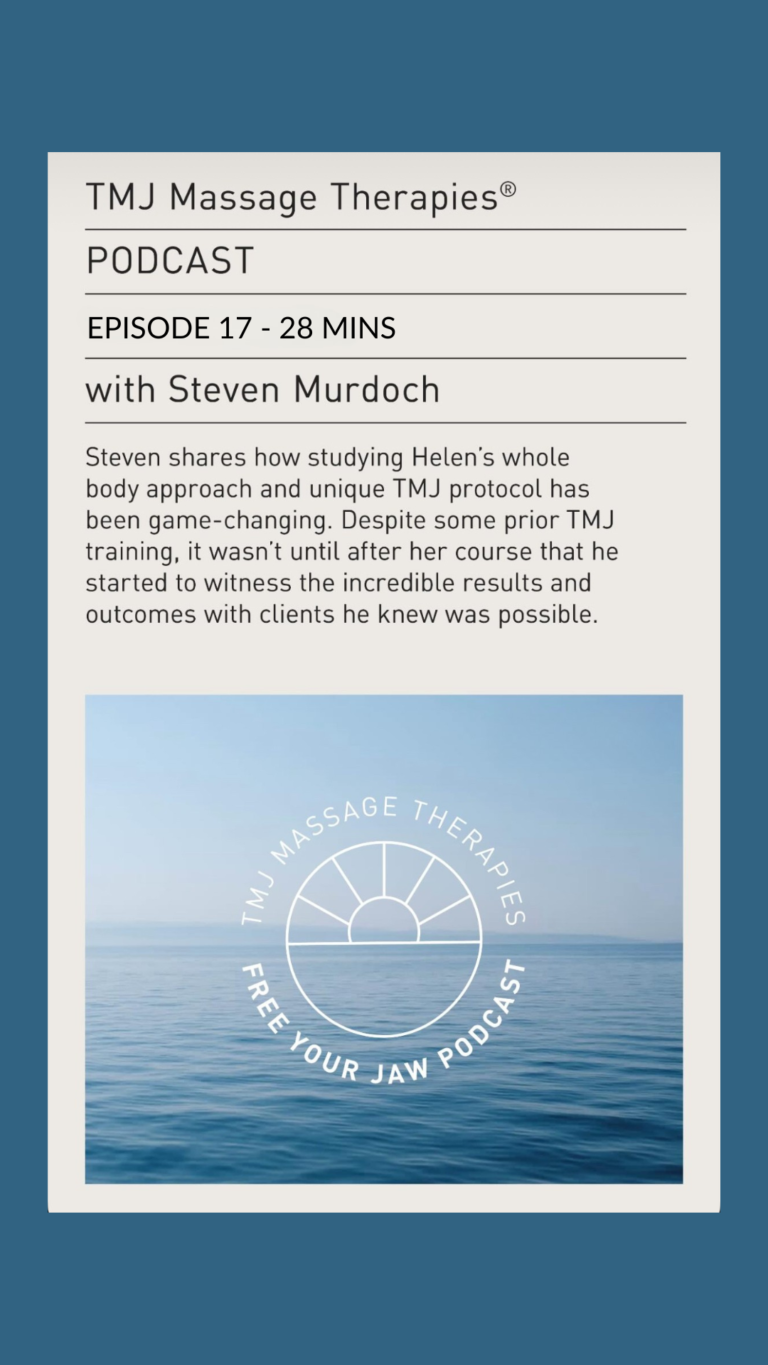
Our TMJ Massage Reviews
If you’re reading this, chances are you’re experiencing the relentless discomfort of jaw pain, headaches, or other frustrating TMJ symptoms.
Whilst you may feel alone in your struggle, please be assured that you’re not.
As you can see, many people just like you have found significant relief and a renewed sense of well-being through our holistic and non-invasive TMJ massage therapy.
To see if our holistic therapy is right for you, simply book online, or explore with a free discovery video call.
FAQ
TMJ massage should not be painful. A good therapist will maintain eye contact and encourage communication to ensure you are comfortable throughout.
TMJ massage is highly effective. Many experience a transformative effect in as little as 1 to 3 sessions.
Book a First Visit Appointment. This longer session will allow us time for a full assessment, goal setting and treatment.
Whilst each person is different, it is best to anticipate between 4 and 6 sessions to eliminate or significantly reduce symptoms. Then regular maintenance sessions should be considered to prevent recurrence.
Accessible muscles to self-massage are the trapezius, sternocleidomastoid and temporalis.
Check availability and book your appointment
It’s easy to book an appointment online. If your preferred time is not shown, please call us on 0207 661 7044.
